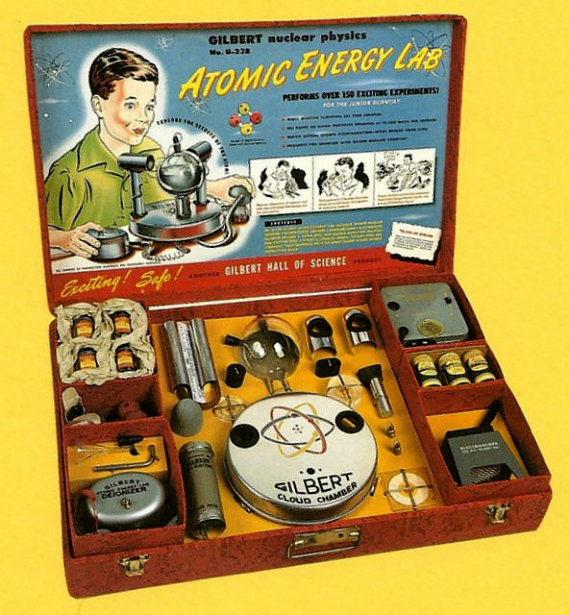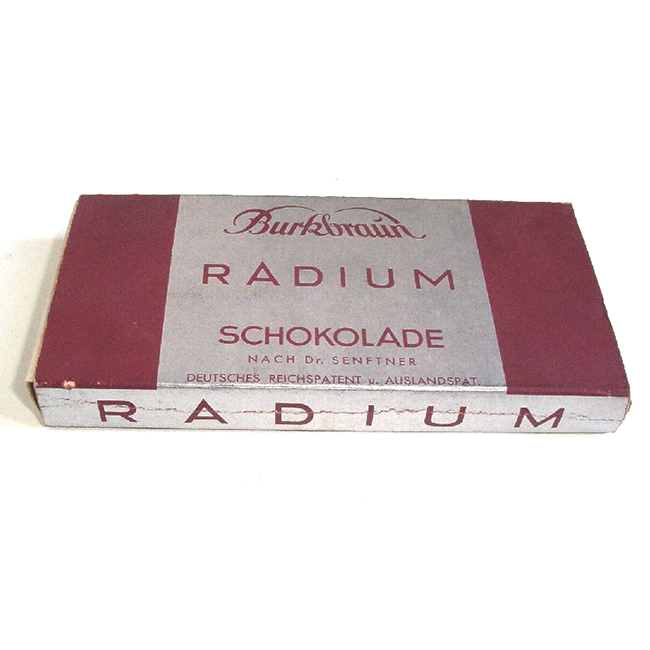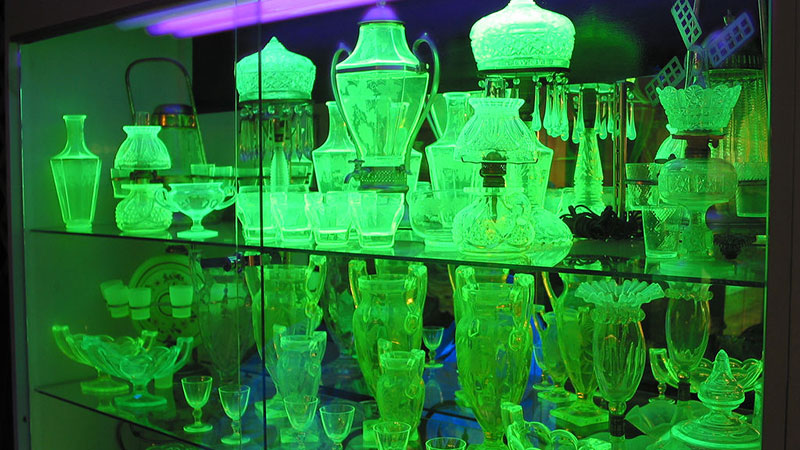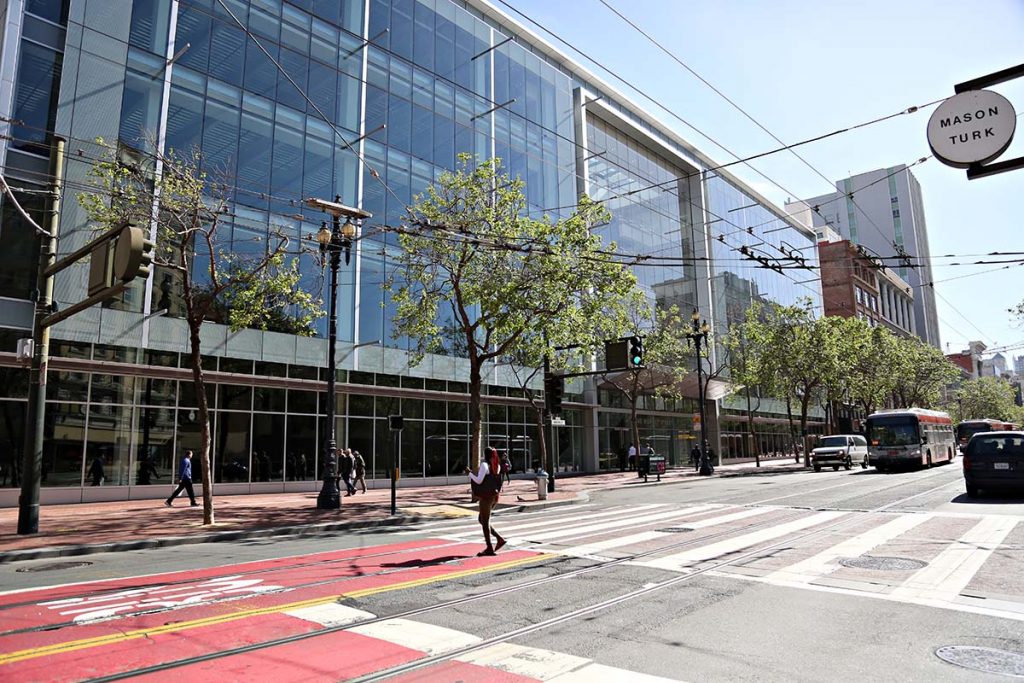I recently replaced the smoke alarms in all my properties, including the smoke alarms in my own home. These alarms hadn’t expired, so you may be wondering why I did it. When smoke alarms first came on the market, they worked by ionization. Ionization smoke alarms contain Americium, a radioactive man-made element. Americium is far more radioactive than Plutonium, from which it is made. I can’t explain to you how ionization smoke alarms work or how much Americium is in them. I know nothing about nuclear physics. My new smoke alarms are photoelectric. They work on a different scientific principle than ionization and contain no radioactive material. Photoelectric smoke alarms work much better than ionization smoke alarms. Photoelectric smoke alarms are far less likely to emit false alarms than ionization smoke alarms. My old ionization smoke alarm used to go off every time I broiled a hamburger, but since I switched to a photoelectric smoke alarm, that doesn’t happen anymore.
Are radioactive household products safe? The
Federal government says that radioactive smoke alarms are ‘safe’, but I
am suspicious of that claim. I
am old enough to remember lots of consumer products that the government
said were safe but that were later off the market because they emitted
too much radiation, like wristwatches with radium dials and chemistry
sets with uranium
in test tubes for kids to play with. I didn’t have a chemistry set, but I
did have a wristwatch with a radium dial. Back in 1920s and 1930s,
several companies in Germany made chocolate bars with radium in them.
People often ask me to make chocolate bars with weird stuff in them, but
nobody has ever asked me to make radioactive chocolate bars – at least
not yet.



Have You Ever Heard of Vaseline Glass? If you’ve never heard of vaseline glass before, and you may find this story hard to believe. Vaseline glass is glassware that contains uranium. It’s called vaseline glass because the color of this glass is similar to that of petroleum jelly. Under black light, vaseline glass turns a bright iridescent green from the uranium in it. The amount of uranium in vaseline glass can vary a lot. Some vaseline glass is only 2% uranium by weight, but some of it is 25% uranium. Vaseline glass that is 25% uranium is dangerous to touch or even be around. Unfortunately, you can’t tell how ‘hot’ a vaseline glass item is by looking at it. In the 1920s and 1930s, millions of vaseline glass household products were made and sold in the U.S. The manufacture of vaseline glassware briefly stopped during World War 2 because the government bought all the uranium available to make atomic bombs. A lot of people collect vaseline glass, even though they know it is radioactive. There are thousands, literally thousands, of vaseline glass objects for sale right now on eBay. Some are quite beautiful. Just take a look at the pictures of them on eBay. A lot of vaseline glass objects were made for children, including toys, dolls, cups, and mugs. What sort of parent would serve their children milk or juice in radioactive glasses? I knew a woman in Oakland who had display cases in her living room containing hundreds of vaseline glass objects. She invited me to her home to show me her collection and to have a meal on her vaseline glass dinnerware, but I made an excuse for not going. Frankly, I wouldn’t feel comfortable eating food on radioactive plates. Would you? I have known several people in my life who were big-time collectors of weird and disturbing things like radioactive dinnerware. My stepmother collected tobacco jars. She began collecting them late in life and after a number of people who she knew well had died from lung and throat cancer caused by smoking. At the time of her death, my stepmother had over 300 tobacco jars in her home. They were everywhere. She also collected carved elephant ivory figurines, an even more antisocial product in my opinion. I don’t understand why people collect creepy stuff like this, but many people do. The federal government says that uranium glass is ‘safe’; however, if you have vaseline glassware in your home, my advice is to get rid of it.


